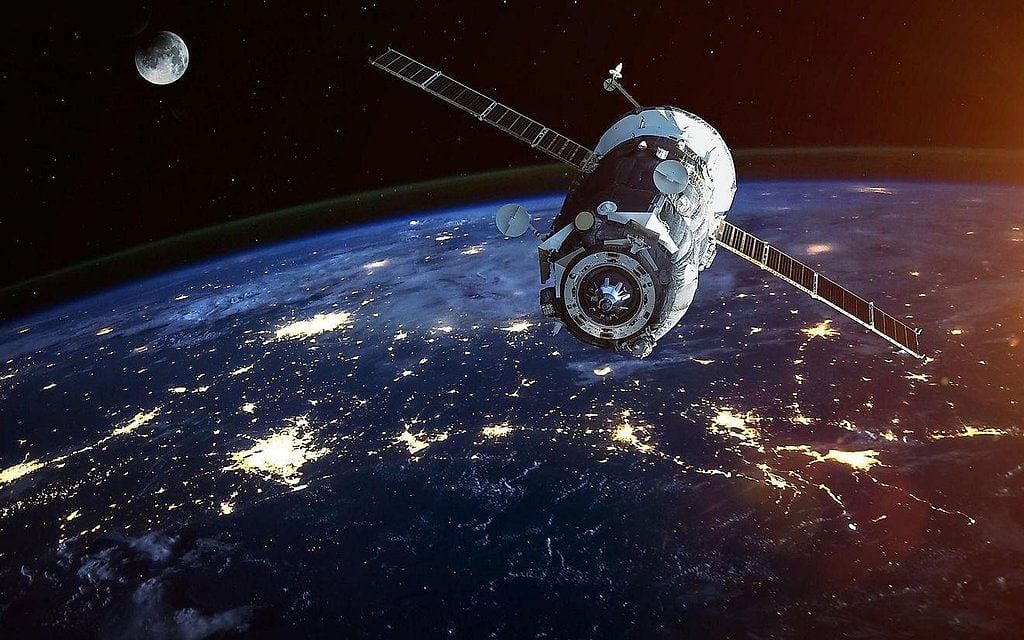Air and Water (Part 1) Class 5 Notes Science
| Table of contents |

|
| Introduction |

|
| Air |

|
| Layers of Atmosphere |

|
| Importance of Atmosphere |

|
| Composition of Air |

|
| Properties of Air |

|
| Uses of Air Pressure in Daily Life |

|
Introduction
Many things make earth unique among the planets of the solar system. It is the only planet that has air and water. All living things need air and water to survive. That is why life is possible on Earth and not on other planets.

Air
Air is present everywhere. We cannot see air but feel it when it moves. Surrounding us is a thick layer of air called atmosphere. It is like a blanket around the earth. It extends to several hundred kilometers above the earth.
Layers of Atmosphere

1. Troposphere:
- It is the lowermost layer of the atmosphere.
- It extends up to 15 km above the surface of the earth.
- This layer contains the optimum amount of air needed to breathe.
- All weather changes take place in this layer.
- This is the layer in which clouds are formed and weather changes takes place.
- Even in the troposphere, air gets very thin higher up and breathing is difficult.

2. Stratosphere:
- It is the second layer of the atmosphere.
- This layer extends up to 50 km from the earth. It means the thickness of this layer is 35 km.
- It starts from the place where the troposphere ends.
- Its density is lesser than that of the troposphere.
- Jet airplanes usually fly in this layer of air.
- In this layer, the ozone gas absorbs ultraviolet rays and changes it into less harmful infrared rays.

3. Mesosphere:
- It is the coldest layer and is placed just above the stratosphere.
- The thickness of this layer is 80-85 km.
- In this layer, the temperature again decreases with an increase in height.

4. Thermosphere:
- It is directly above the mesosphere and directly below the exosphere.
- In this layer, temperature increases with the increase in altitude due to the absorption of solar radiation.
- Space shuttles revolve in this layer.

5. Exosphere:
- This is the outermost layer of the atmosphere extending up to thousands of kilometres.
- This layer has very little air.
- Beyond this layer, outer space is present.

Importance of Atmosphere
The atmosphere plays a very important role in sustaining life on earth in following ways:
- The atmosphere provides us with oxygen for breathing.
- It also provides carbon dioxide for the plants to make food.
- The atmosphere's ozone layer absorbs harmful ultraviolet rays and prevents them from reaching the earth’s surface.
- The atmosphere helps in recycling water through the water cycle.
- It protects the Earth from becoming too hot by preventing the entry of a large part of the sunlight from reaching the Earth.
- It protects us from meteoroids. A meteorite can make a hole or crater in the ground if hits it.
Composition of Air
Nitrogen:
- A colorless gas with no smell, called nitrogen, forms more than three-fourths (about 78%) by volume of air.
- Nitrogen is not used by living beings directly from the air.
- Plants get nitrogen from the soil, and animals get nitrogen from plants or meat.
- Nitrogen does not support burning.
- Its absence can make even a small fire uncontrollable.
Oxygen:
- About one-fifth (21%) of the air is the gas oxygen.
- All living things need oxygen.
- Oxygen is also needed for burning.
Other Gases:
- Other gases such as argon, carbon dioxide and a few others form the remaining small portion (1%).
- Carbon dioxide is used by plants for photosynthesis. It is also used in fire extinguishers.
- Argon is used in making bulbs and fluorescent tubes.
Properties of Air
Air is a colourless gas. Like other gases it has no definite shape or volume. Air has three properties.
- It occupies space.
- It has weight.
- It exerts pressure.

Uses of Air Pressure in Daily Life
- Straw: While we drink from straw, air pressure sucks the liquid up towards the mouth.
- Inflated tyres of vehicles: Tyres of a vehicle such as a car or a truck are inflated with proper air pressure. This helps to distribute the weight of a vehicle evenly across the tyre so that the vehicle is the most stable.
- Ink dropper: The ink dropper works on the principle of air pressure. When we squeeze the rubber top on the dropper, the air is squeezed out. Now, when we put the tip into the liquid and stop squeezing the top, low air pressure inside sucks up the liquid. The air pressure outside the dropper in the liquid is high and this high air pressure pushes the liquid up into the dropper.
- Syringe: When the nozzle of a syringe is dipped in a liquid or injected in a person’s body and its piston is withdrawn, then the pressure inside the syringe gets lower. The atmospheric pressure on the surface of the liquid is high and it pushes the liquid up into the syringe.
|
43 videos|198 docs|45 tests
|
FAQs on Air and Water (Part 1) Class 5 Notes Science
| 1. What are the layers of the atmosphere? |  |
| 2. What is the composition of air? |  |
| 3. What are the properties of air? |  |
| 4. How is air pressure used in daily life? |  |
| 5. Why is the atmosphere important? |  |

|
Explore Courses for Class 5 exam
|

|


















